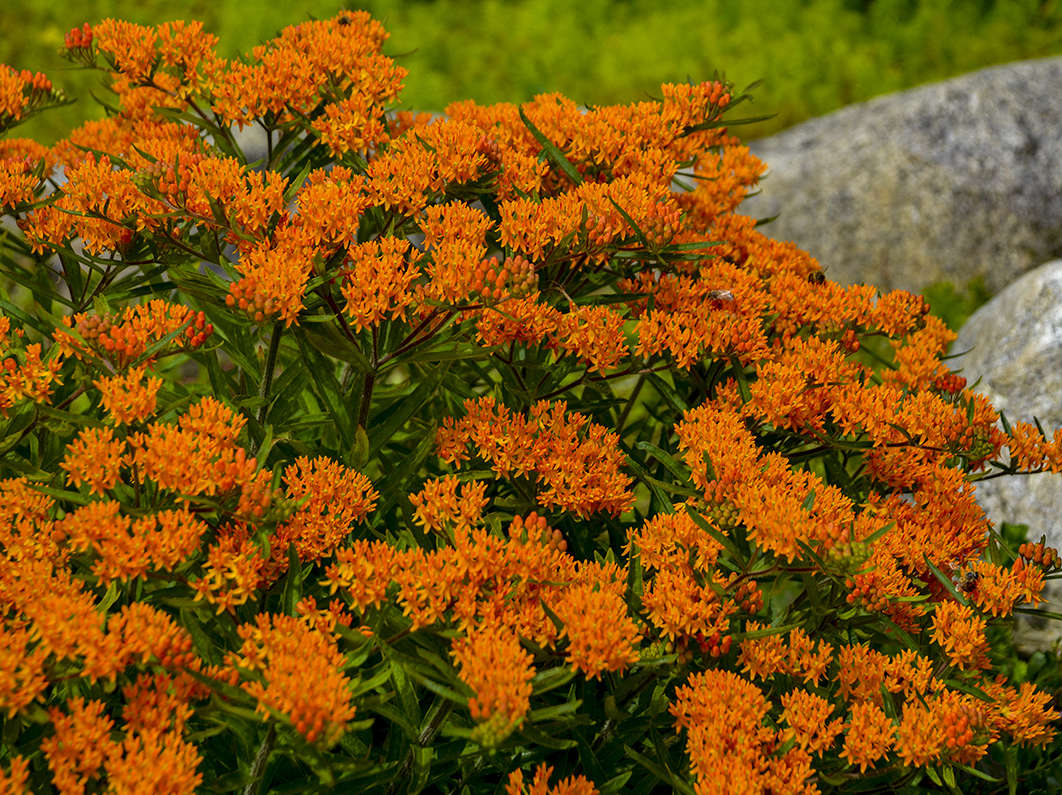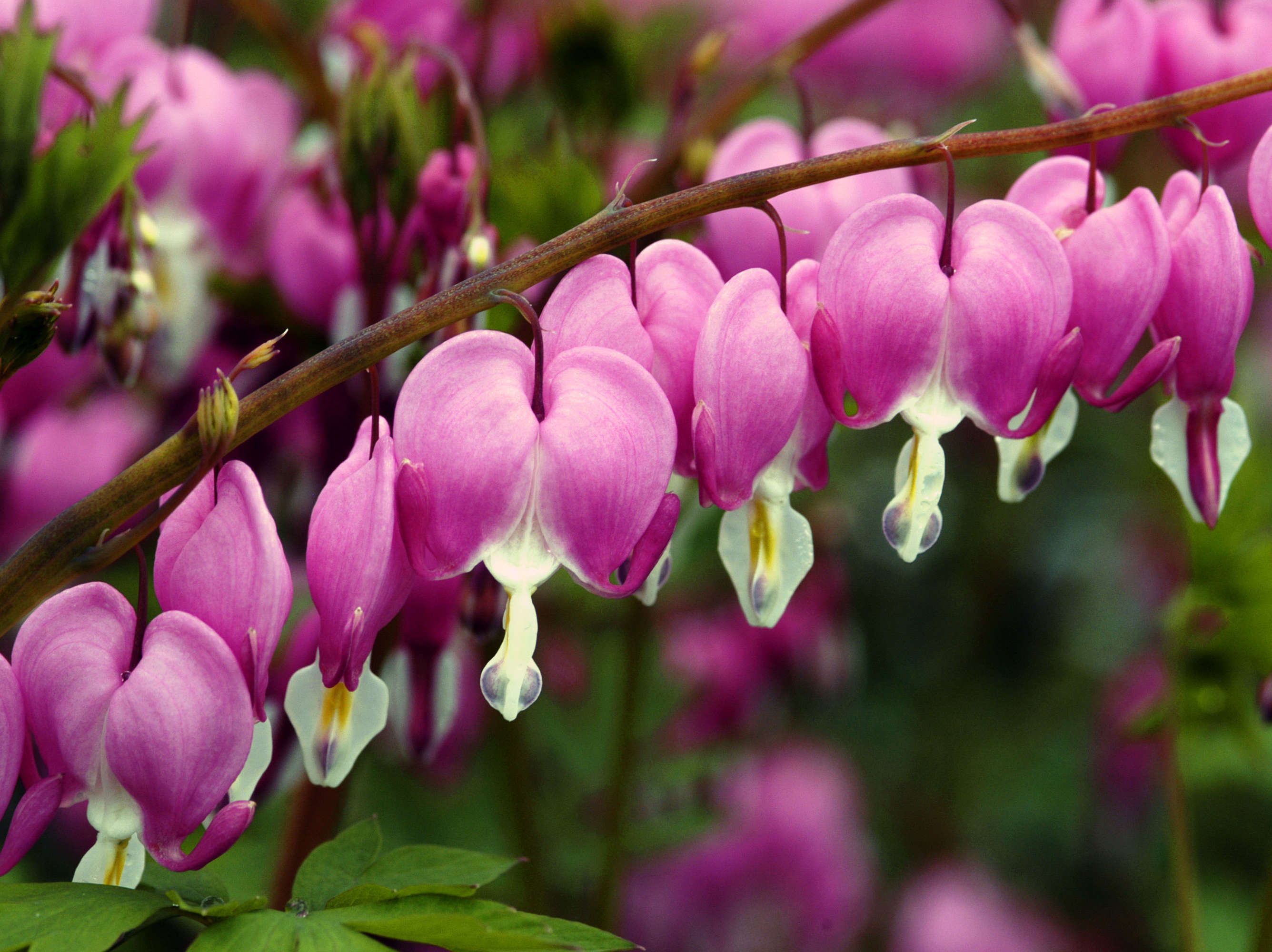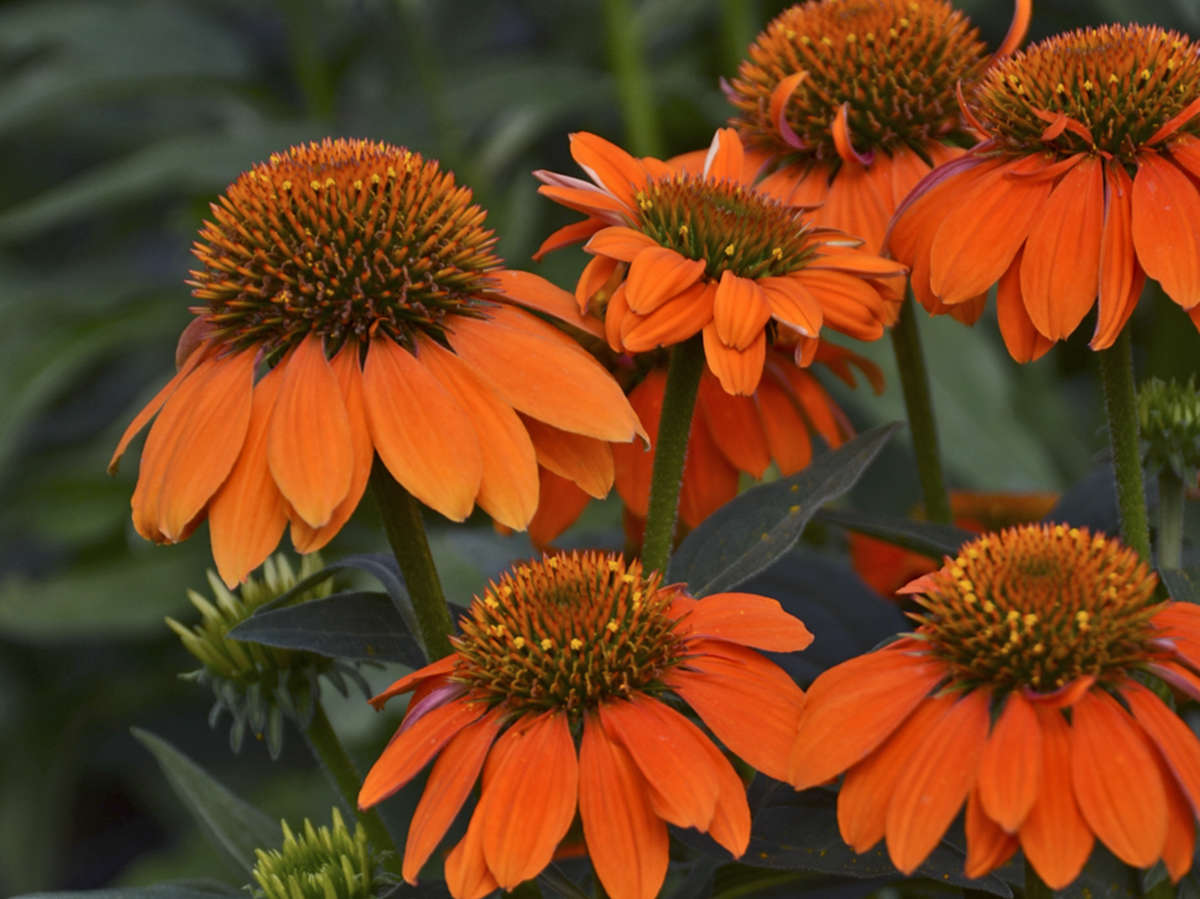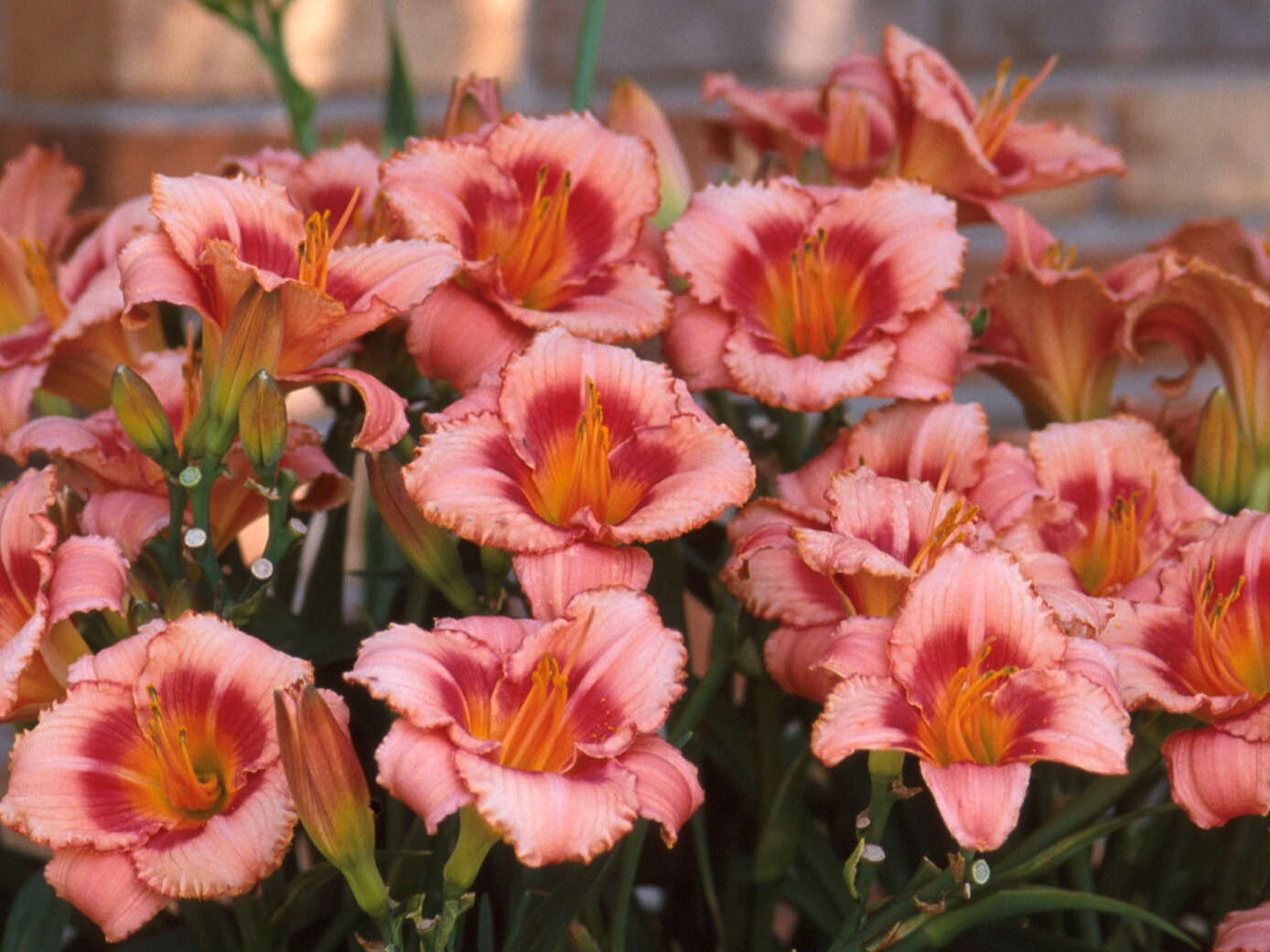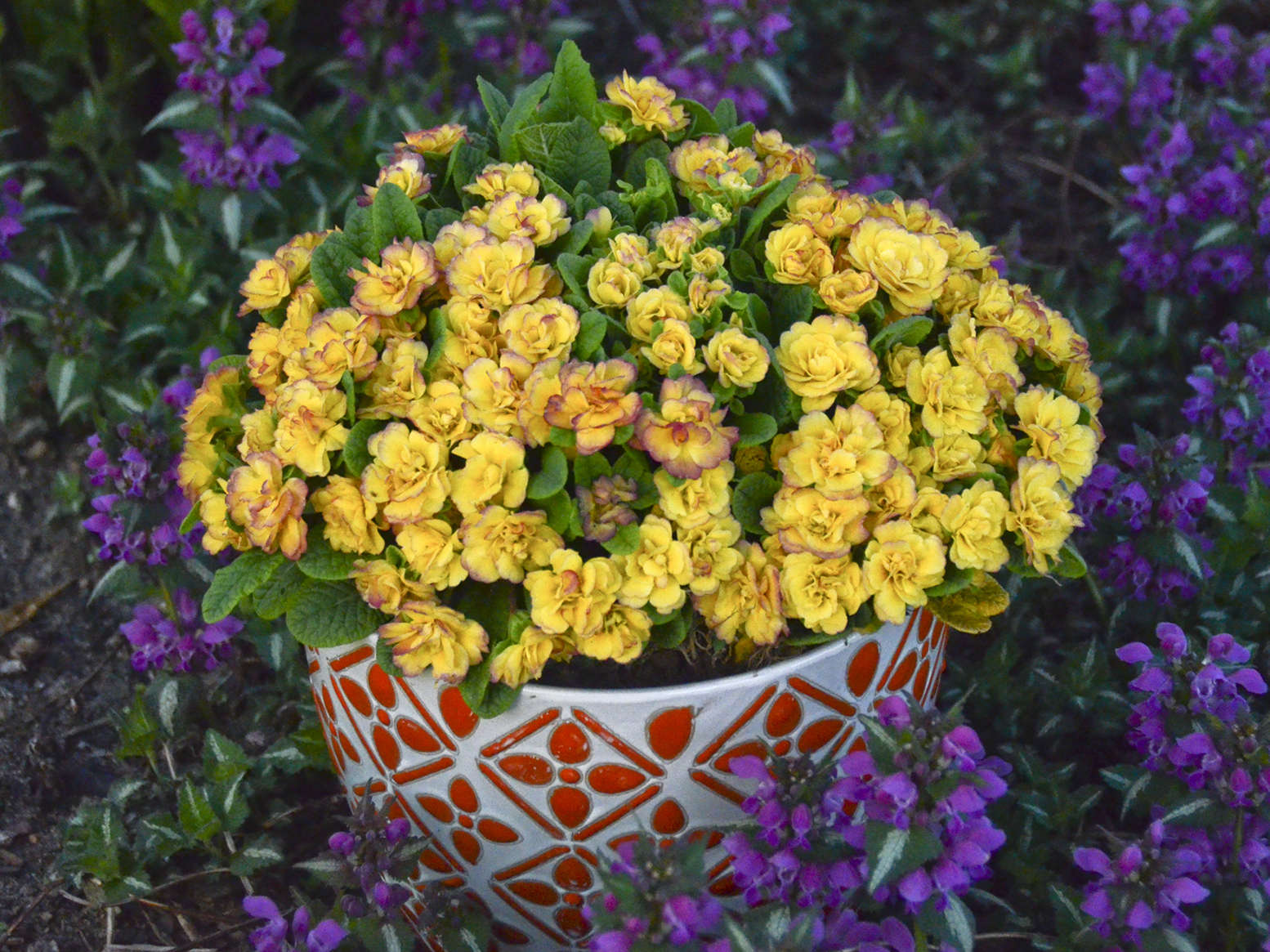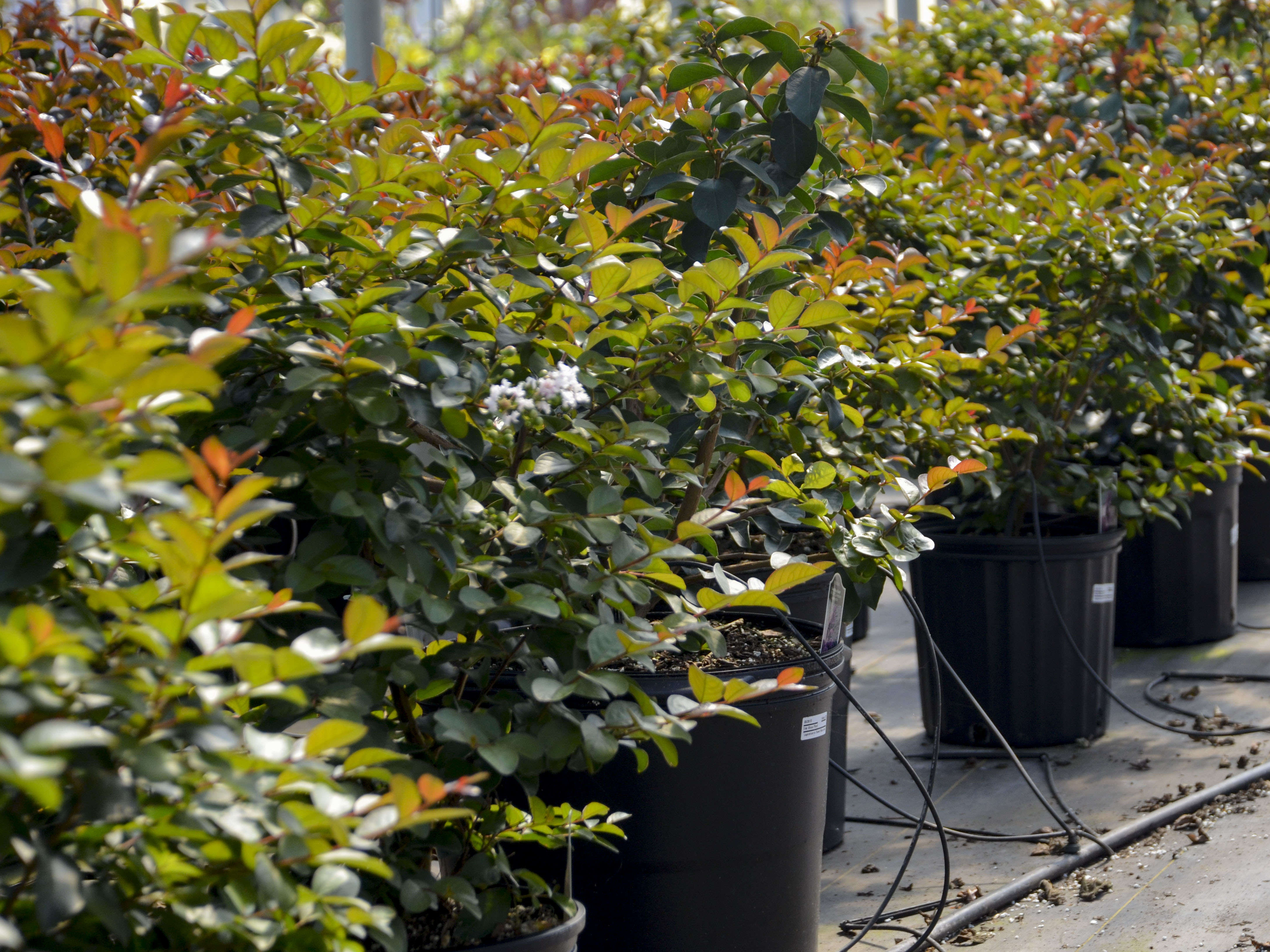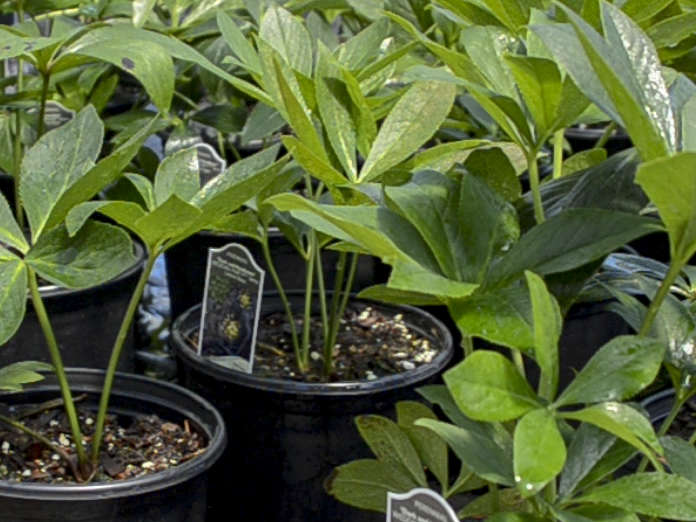Overwintering Containerized Perennials
12/13/2010
The following information can also be found in our Simple, Sensible, Solutions brochure. Click here to view this brochure online.
One of the final tasks of a successful year is overwintering your potted perennials. If properly cared for over the winter, they will grow vigorously once again the following spring. Factors such as soil moisture, temperature fluctuations, and root development in the container can affect plant survival. Dates of covering and uncovering will vary from year to year depending on varying weather conditions. Because there are so many variables beyond our control, Walters Gardens, Inc. does not guarantee the survival of plants overwintered in containers or in the ground.
Plant Health
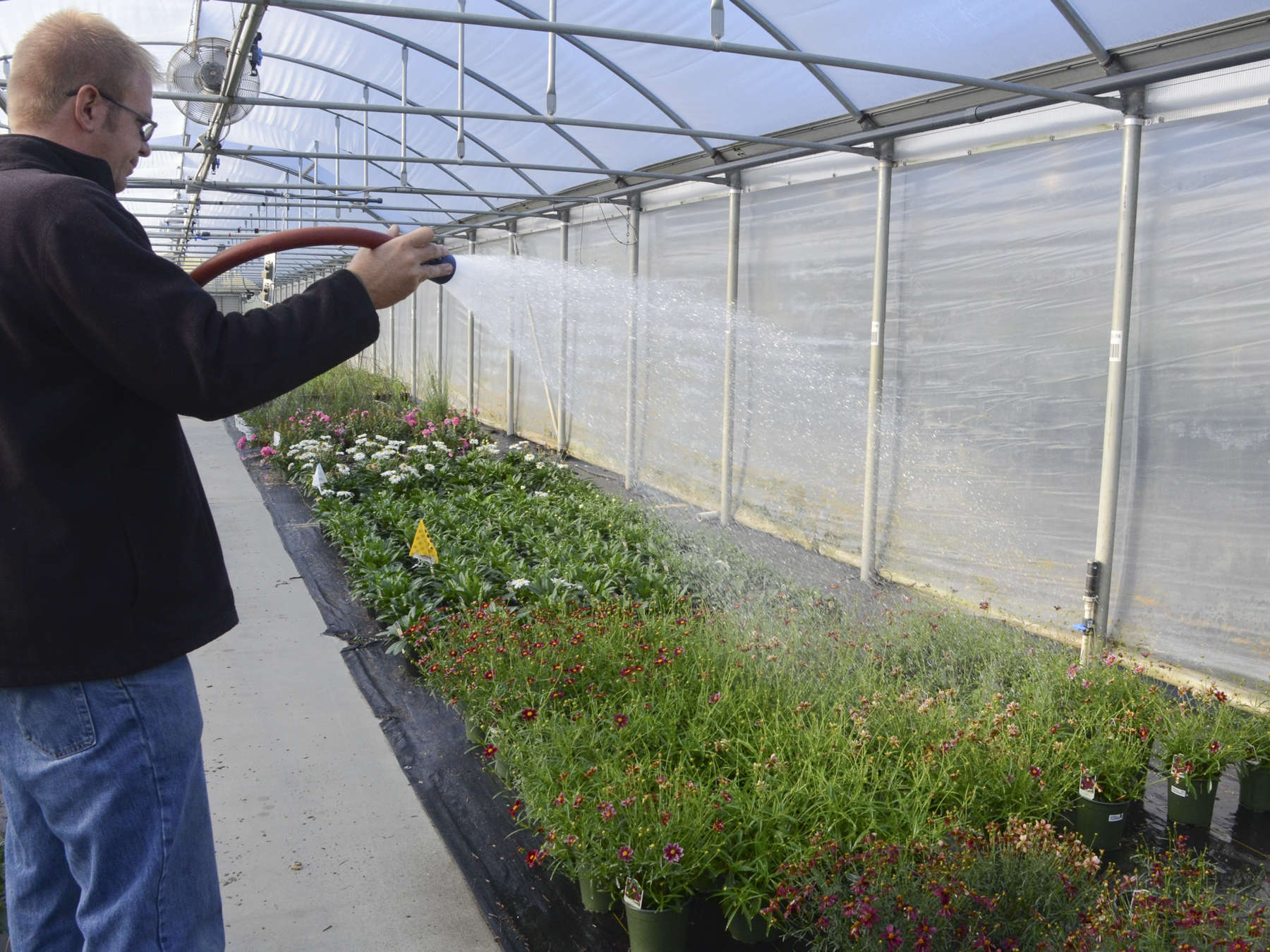
Soil Moisture
For most perennials, the soil must be moist when they are covered or stored. Moisture insulates the roots and prevents desiccation.
Shearing
Prior to storing your perennials in the fall or winter, their foliage should be trimmed back to the crown. The exceptions to this rule are evergreen types such as Phlox subulata. In order to prevent crushing or rotting, these types are best stored either on their sides or with an inverted tray placed atop their foliage. Taller plants such as Perovskia or Ornamental Grasses may also be stored in this manner. As a general rule, pubescent plants such as Stachys resent being covered with foam and are therefore best overwintered in a polyhouse at low temperatures.
Baiting for Mice
Begin baiting for mice about a month before covering your plants. This will help reduce their population. Place traps every 15-20 feet and use plastic bait boxes to prevent accidentally poisoning your pets.
Covering and Uncovering
One of the most challenging tasks in overwintering is determining the correct time to cover the plants. If covered too soon, heat build-up can occur and damage them. If left on too long in the spring, they can put on a soft flush of new growth. It is essential that the weather conditions are monitored closely. Night temperatures near freezing allow the plants to harden off. If the forecast is for nightly lows below 25ºF, you should cover them.
Extreme Cold
When perennials are overwintered above ground in containers, they are effected to a greater degree by extreme winter temperatures. Wide variations between day and nighttime temperatures, particularly in late winter and early spring, can create a freezing and thawing situation which can be detrimental to the plants. Therefore, containerized perennials must be protected from extreme cold when they are overwintered. They should be stored in temperatures above freezing, as root damage may occur if the soil temperature falls below 20ºF.
There are several methods by which perennials can be overwintered. Here are a few options:
- Thermoblanket Technique — An insulated foam blanket (polyfoam or microfoam) is placed over the containers during the coldest months of the year. It is important that the blanket be covered by white reflective nursery polyfilm, preferable 4-mil one-year white poly. Pull the plastic tight over the containers and secure the edges about 12 inches beyond the pots with concrete blocks. Please see Shearing for specific information regarding overwintering evergreen perennials with this method.
- Sandwich Method — Plastic sheeting or spun-bonded fabric is placed directly over the plants and then covered with a 12 inch deep layer of straw. The straw layer is then covered with another layer of the plastic sheeting. This technique is especially effective in northern regions where temperatures remain consistently cold all winter long. Please see Shearing for specific information regarding overwintering evergreen perennials with this method.
- In a greenhouse or polyhouse at low temperatures — This method is the best for temperature control, especially if minimal heat is used. It also gives you more control over moisture levels, growth, and heat build-up. Be sure to provide good air circulation and ventilation.
- In unheated polyhouses, under foam blankets — With this method, the containers are stored in a narrow hoop house which is covered with white poly. Foam blankets are placed over the plants. Please see Shearing for specific information regarding overwintering evergreen perennials with this method.
Excess Heat
Heat can build up in polyhouses on sunny days in late winter/early spring. Good ventilation prevents plants from growing prematurely. Plants stored outside may need to be uncovered and recovered depending on weather patterns.
Overwintering Challenging Plants
Most perennials overwinter easily. However, a few are especially challenging, like Tall Bearded Irises and Poppies. These types should be planted in a very well-drained soil mix that remains relatively dry. Be sure to protect them from heavy fall rains and from below freezing temperatures during storage. If possible, lay the pots on their sides. To prevent disease, trim the Iris foliage back to 3-4 inches and make sure that no covering material comes in direct contact with it. Click here to read an article about overwintering Echinacea successfully.
Overwintering Ornamental Grasses
For best success, do not cut the foliage of ornamental grasses all the way back in the fall. Instead, overwinter them in polyhouses at low temperatures. Be sure to bait liberally for mice since they seem to be particularly fond of ornamental grasses.
